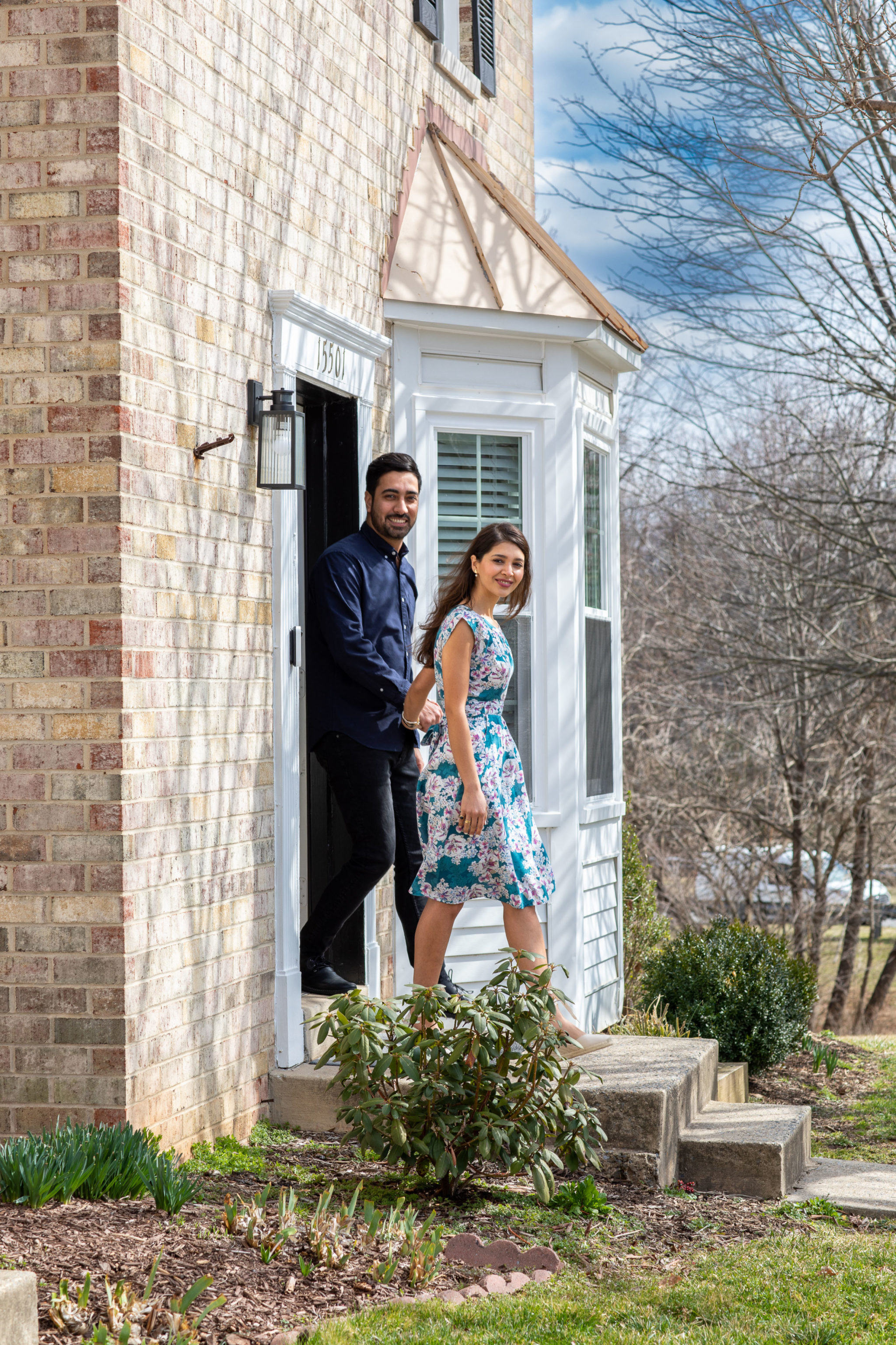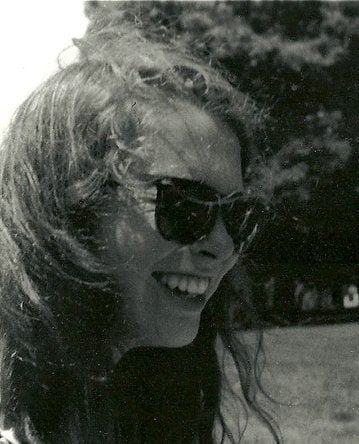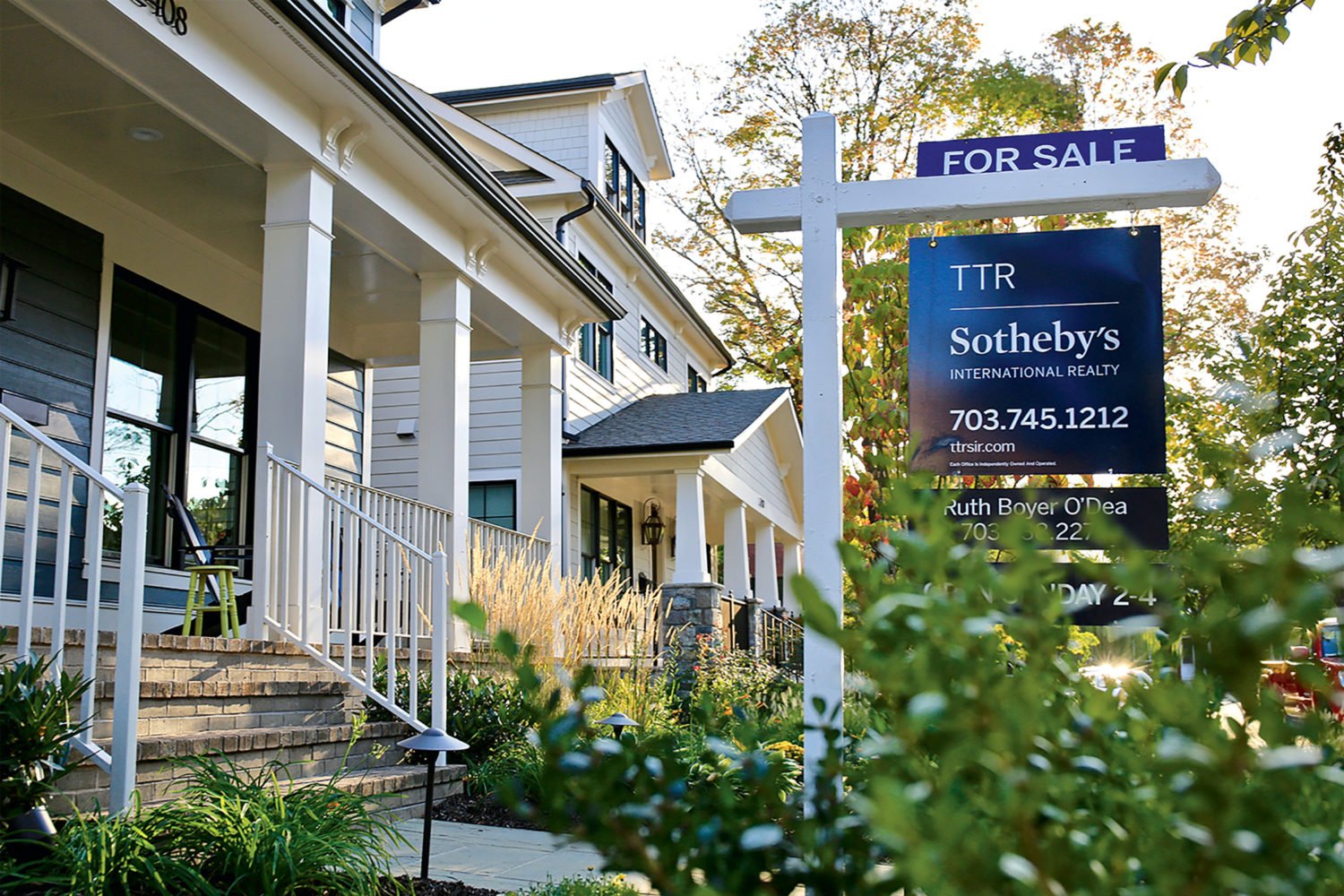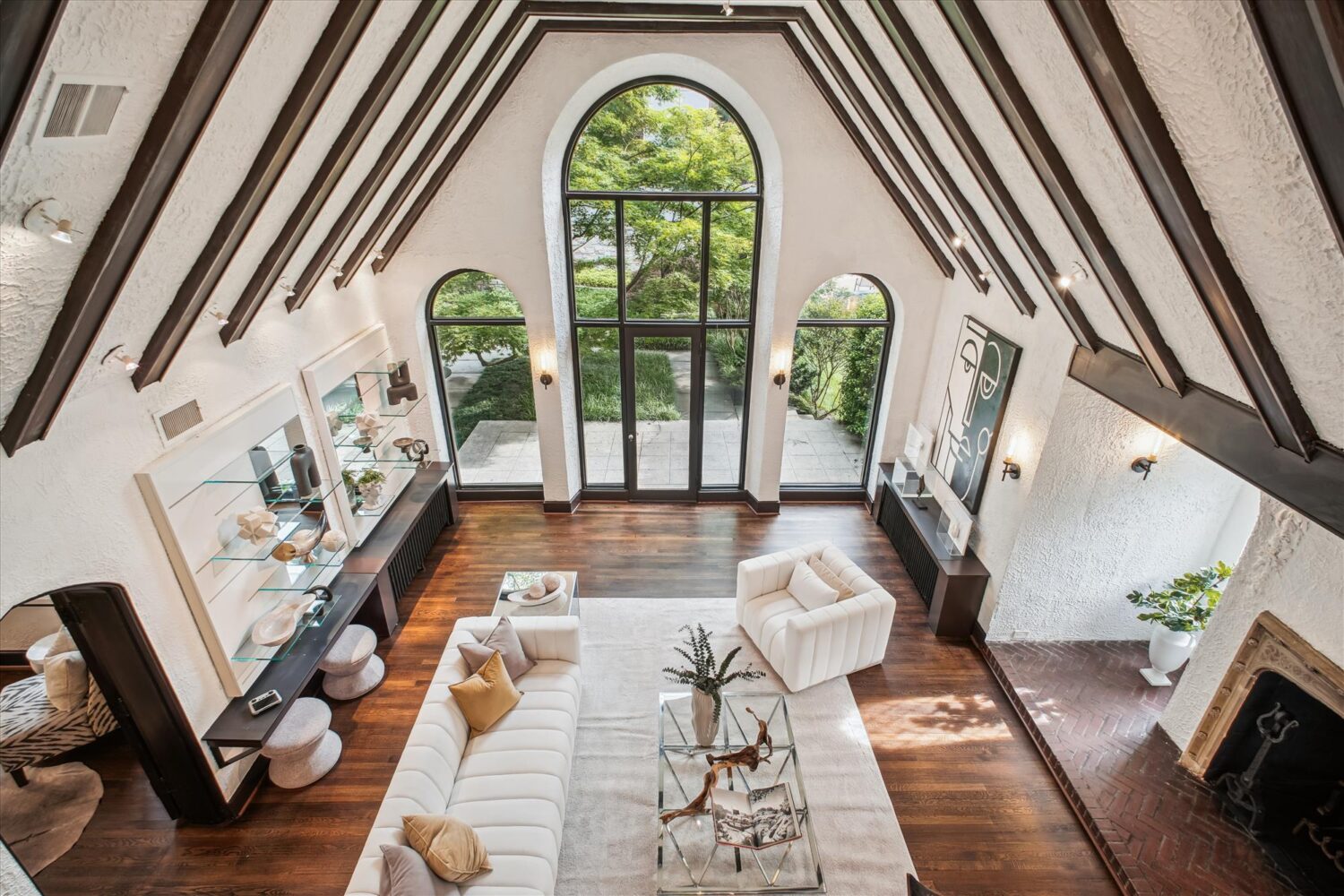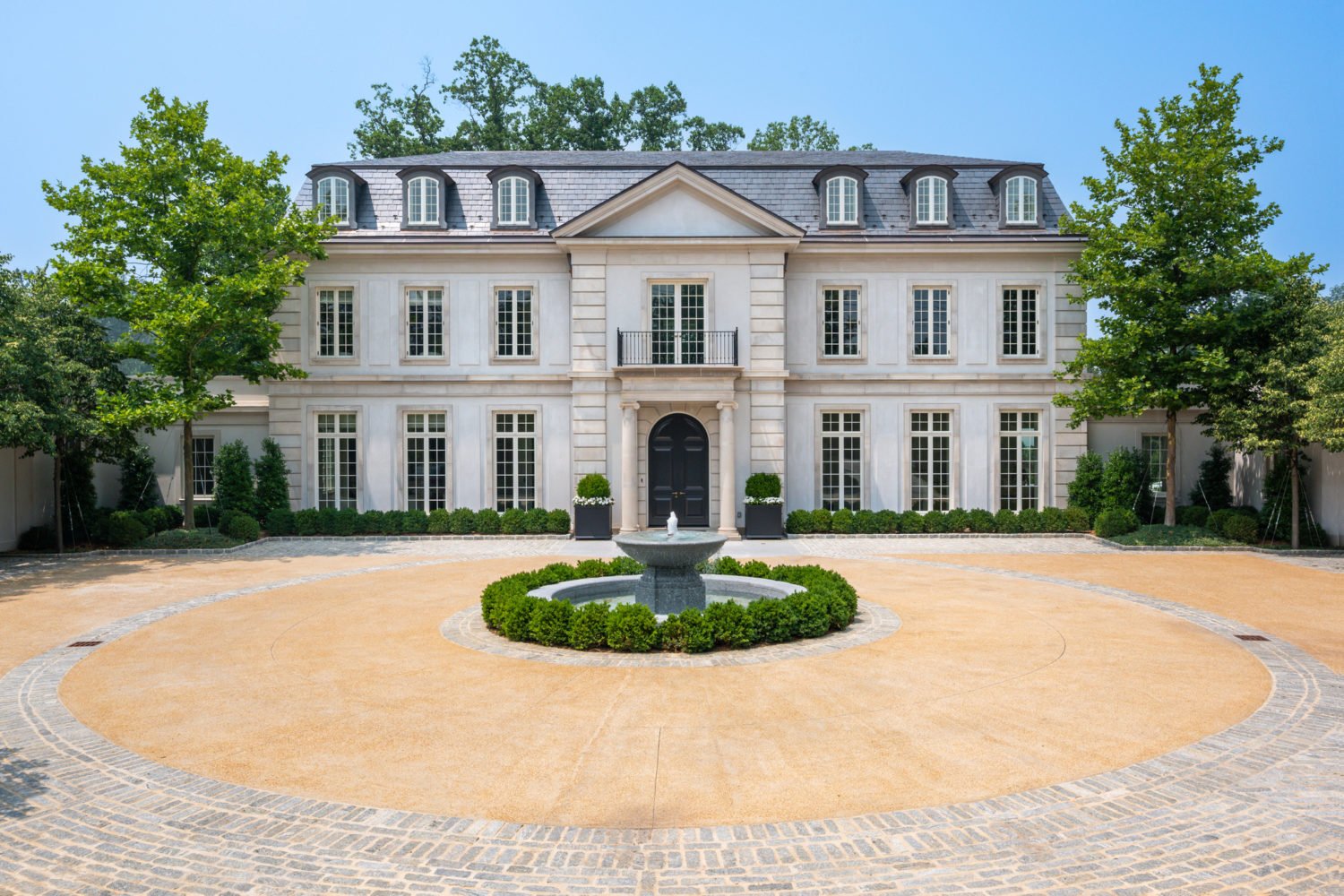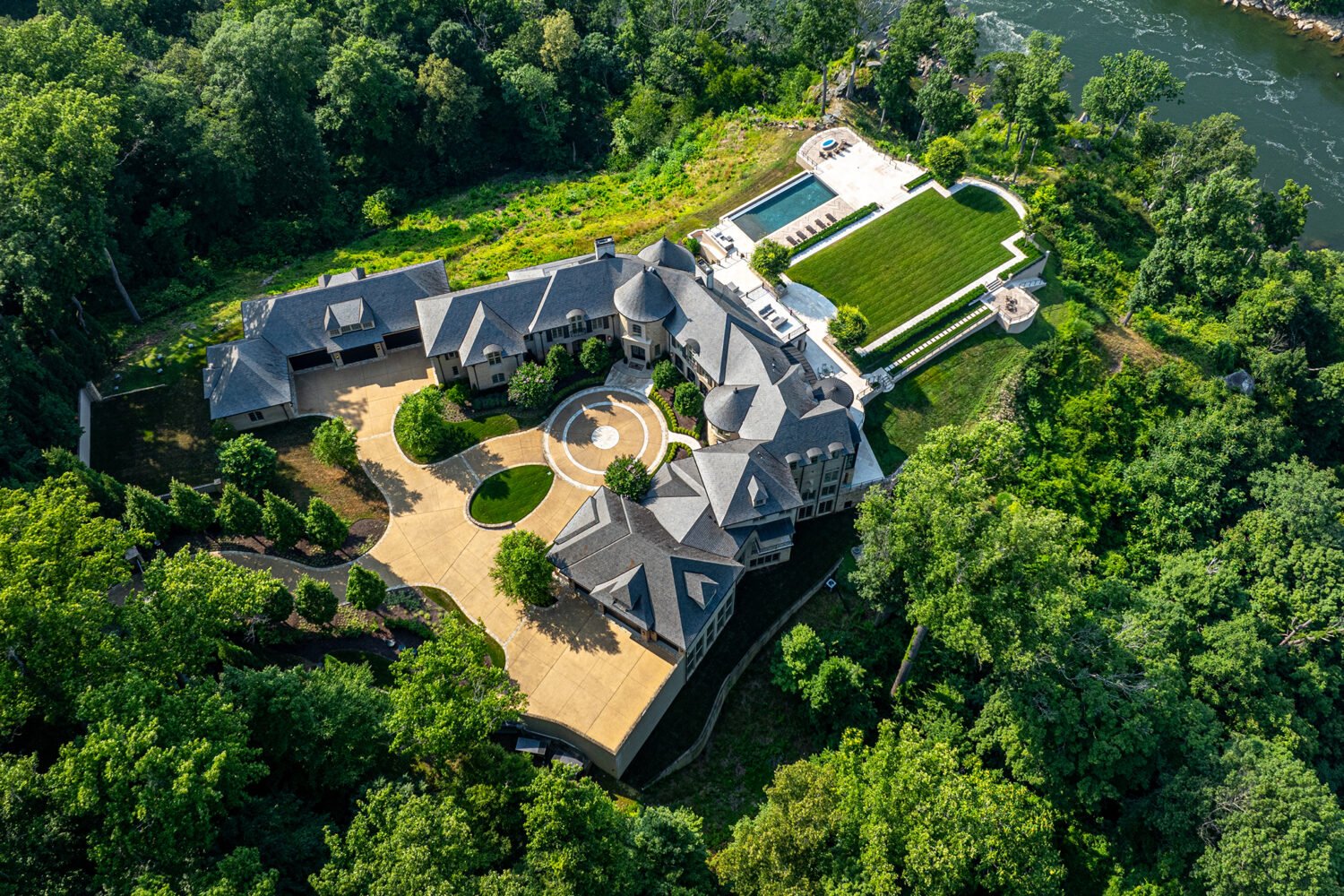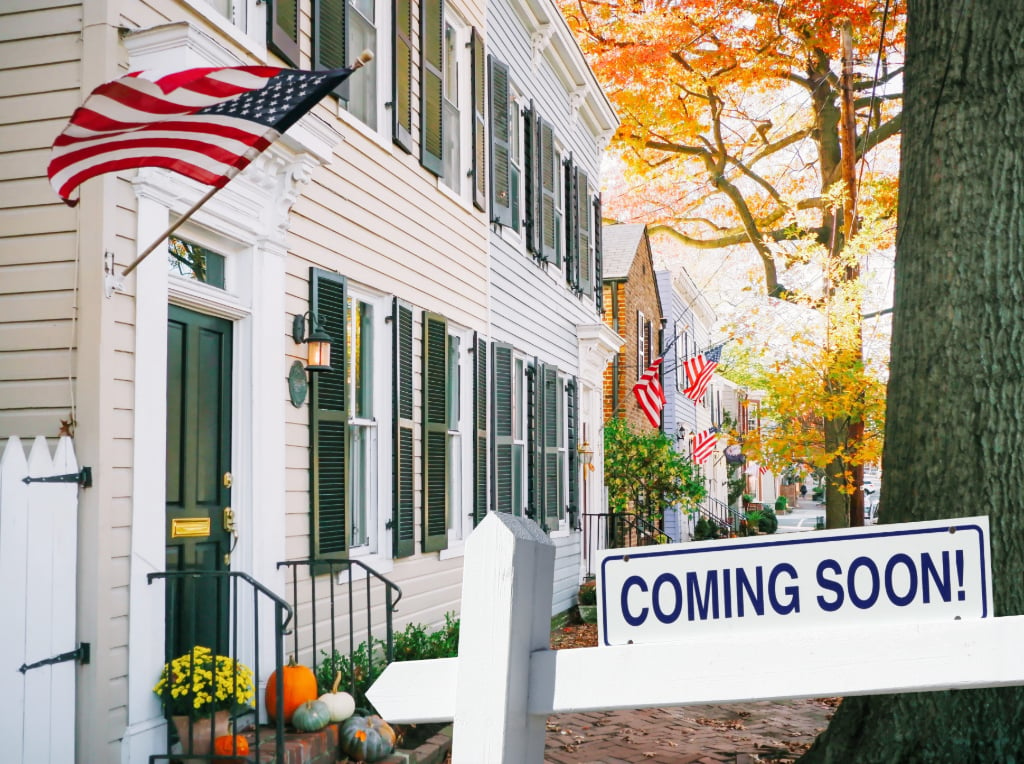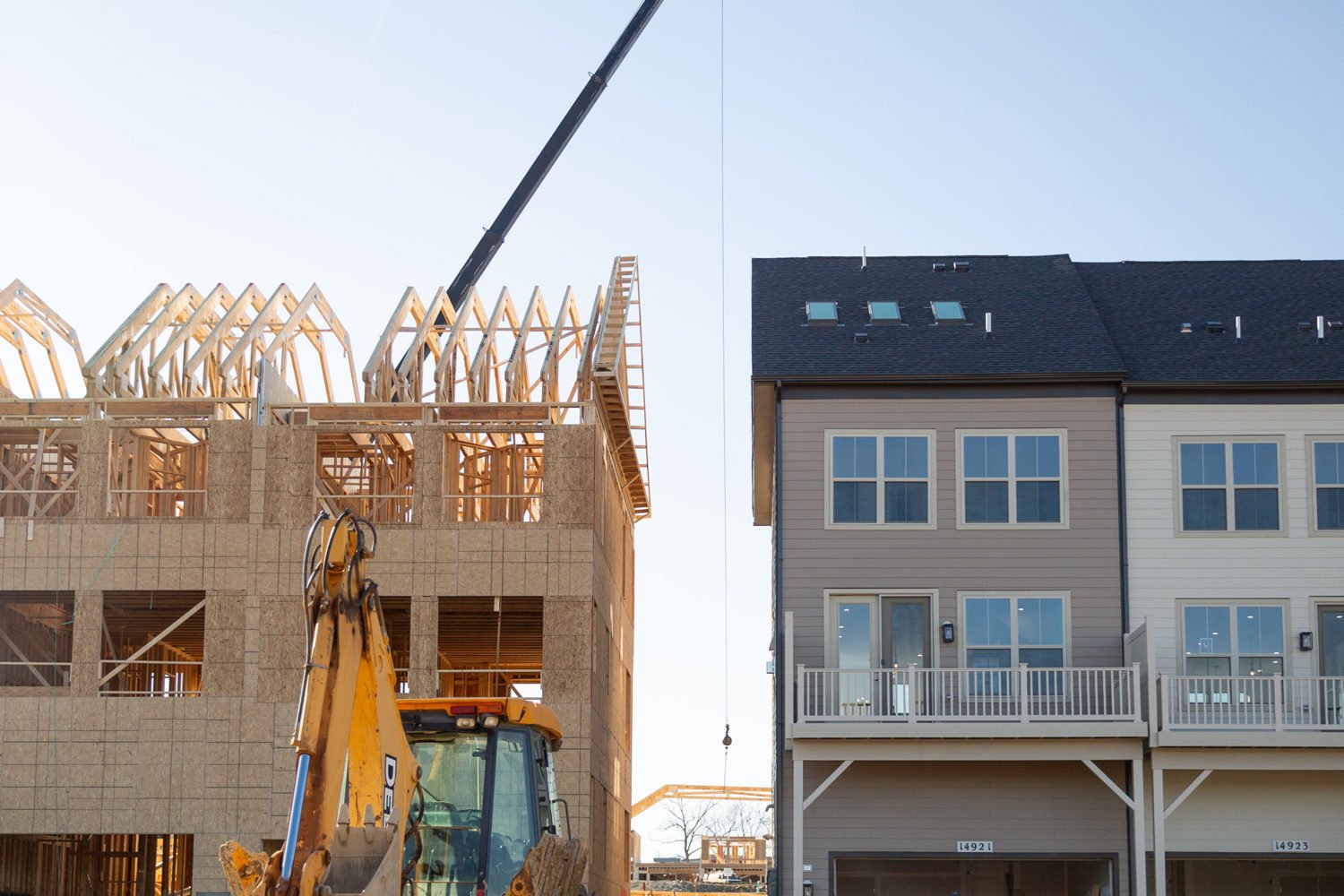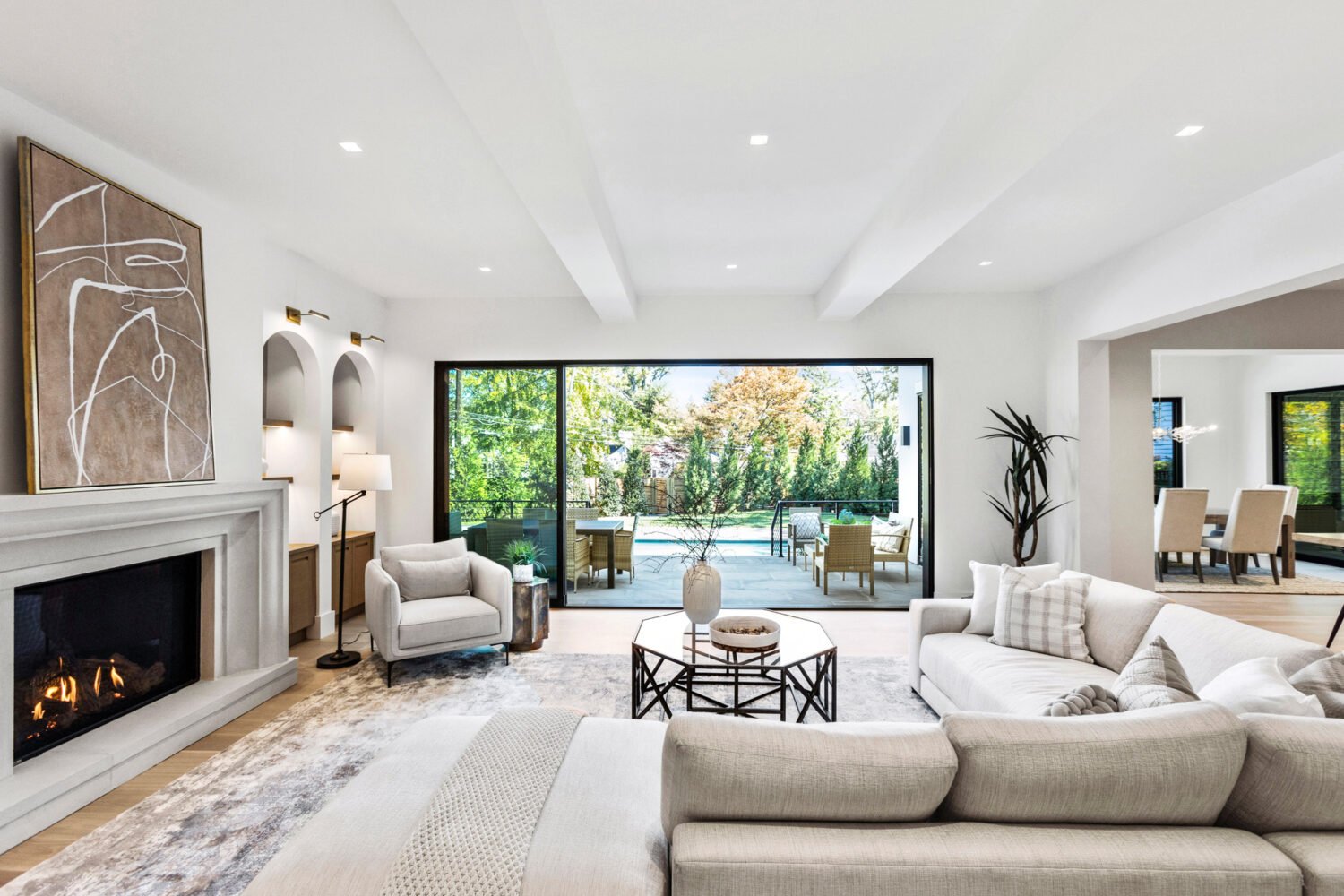As Covid altered what people needed in a home and where they wanted to live, the Washington real estate market went mad. Listings that get dozens of offers, houses selling for hundreds of thousands above asking, and buyers making contingency-free bids sight unseen have all become commonplace. Two years into this extreme housing shuffle seemed like the right time to take stock of which areas have experienced the most growth in price and sales volume. Using data provided by Bright MLS, the region’s multiple-listing service, we compared stats from the first quarter of 2020 (i.e., the beginning of the pandemic) with the fourth quarter of 2021. The Zip codes we profiled were chosen because they reflect a diversity of reasons people have moved during this period.
Sales volume—the number of homes selling—in these ten Zip codes has risen more dramatically than anywhere else in the region.

Arlington | 22201
This Zip code contains some of Arlington’s most popular neighborhoods: Court House, Clarendon, Lyon Park, Virginia Square, and Ballston. Its easy Metro access, plentiful shops and restaurants, and tidy streets of Craftsmans and Colonials have long made it a top choice for young families. But these days, says Betsy Twigg, an agent with McEnearney Associates, a lot of people are also doing what she calls “premature buying”—couples who weren’t planning to move until they had a baby or their child hit school age but who accelerated their timelines because of life under quarantine. In other words, buyers who normally would have arrived gradually in search of single-family houses all showed up at once. On top of that, the Zip code’s large supply of condos has been moving, even as condo sales across Washington dipped during the pandemic. Last year, 503 units sold there, blowing away the 305 that sold in 2020 and the 366 that sold before Covid in 2019. Twigg suspects that pent-up demand from first-time buyers and empty-nesters who stayed on the sidelines earlier in the pandemic is to thank for the resurgence. Another factor: Record-low interest rates have encouraged some of the area’s renters to become homeowners. For many of them, condos and townhouses are the obvious next step after apartment living.

North Potomac and Gaithersburg | 20878
The rising popularity of this family-oriented Montgomery County suburb isn’t a huge mystery. It has all the qualities that suburban homebuyers often say they want—a sense of community, shops and restaurants, outdoor recreation, highly rated schools—at more affordable prices than closer-to-DC areas like Bethesda. On top of that, the mix of housing types is diverse. You’ll find Colonial-style houses in more established neighborhoods plus townhouses and condos in communities such as the super-popular Kentlands and the newer downtown Crown development. By the end of last year, the median sold price in the Zip code had jumped nearly 26 percent compared with early 2020. Ali Kamal and Tahmineh Mousavi, transplants from Northern Virginia, feel lucky to have gotten in before prices increase more. They looked at 30 or 40 places before finding their townhouse, which is closer to Mousavi’s job as a research associate. “We’re right across the street from the Kentlands, so we can walk to the movies, to restaurants,” she says.
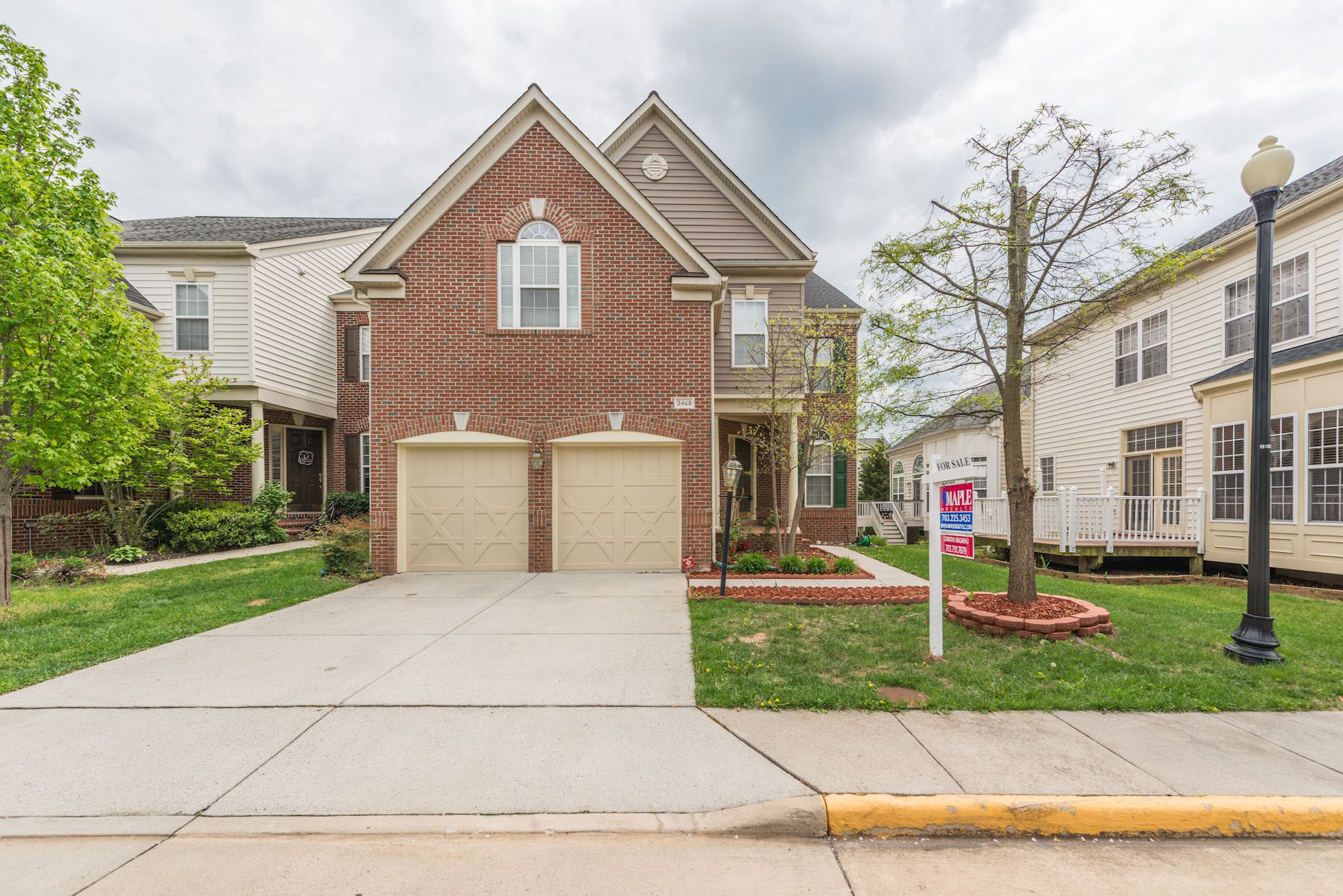
Herndon | 20171
Single-family homes for less than $800,000, nearby headquarters planned for both Google and Microsoft, future Silver Line access, and Fairfax County public schools are all reasons more and more buyers are elbowing their way into Herndon from closer-in (and much costlier) Northern Virginia suburbs like Arlington and Alexandria. Not only does money buy more space in Herndon, but it’s the kind of space that’s been particularly attractive during the pandemic. Take the Franklin Farm development, an in-demand subdivision of some 1,700 houses, with a waiting list to buy. With pools, tennis courts, walking trails, open fields, and ponds, it’s a work-from-home paradise. Jessie Thiel, an agent with Pearson Smith, recently scored the neighborhood’s only available home for one of her clients. In 72 hours on the market, the Colonial got 16 offers and sold for six figures over list price. Covid, proclaims Thiel, “put [Herndon] on the map.” Keith and Emily Beltramini zeroed in on Herndon all the way from Los Angeles. They say their lines of work—he’s in video games, she’s in defense contracting—made Northern Virginia a logical target, once they decided they were over LA’s traffic and poor air quality, not to mention squeezing into a 1,200-square-foot rental. They snagged their five-bedroom house before it hit the market by writing a letter to the seller about how they envisioned building a family there. It came with a pool and, says Emily, a great community: “Our neighbors in Los Angeles didn’t speak to us. Here, our neighbors know our names.”
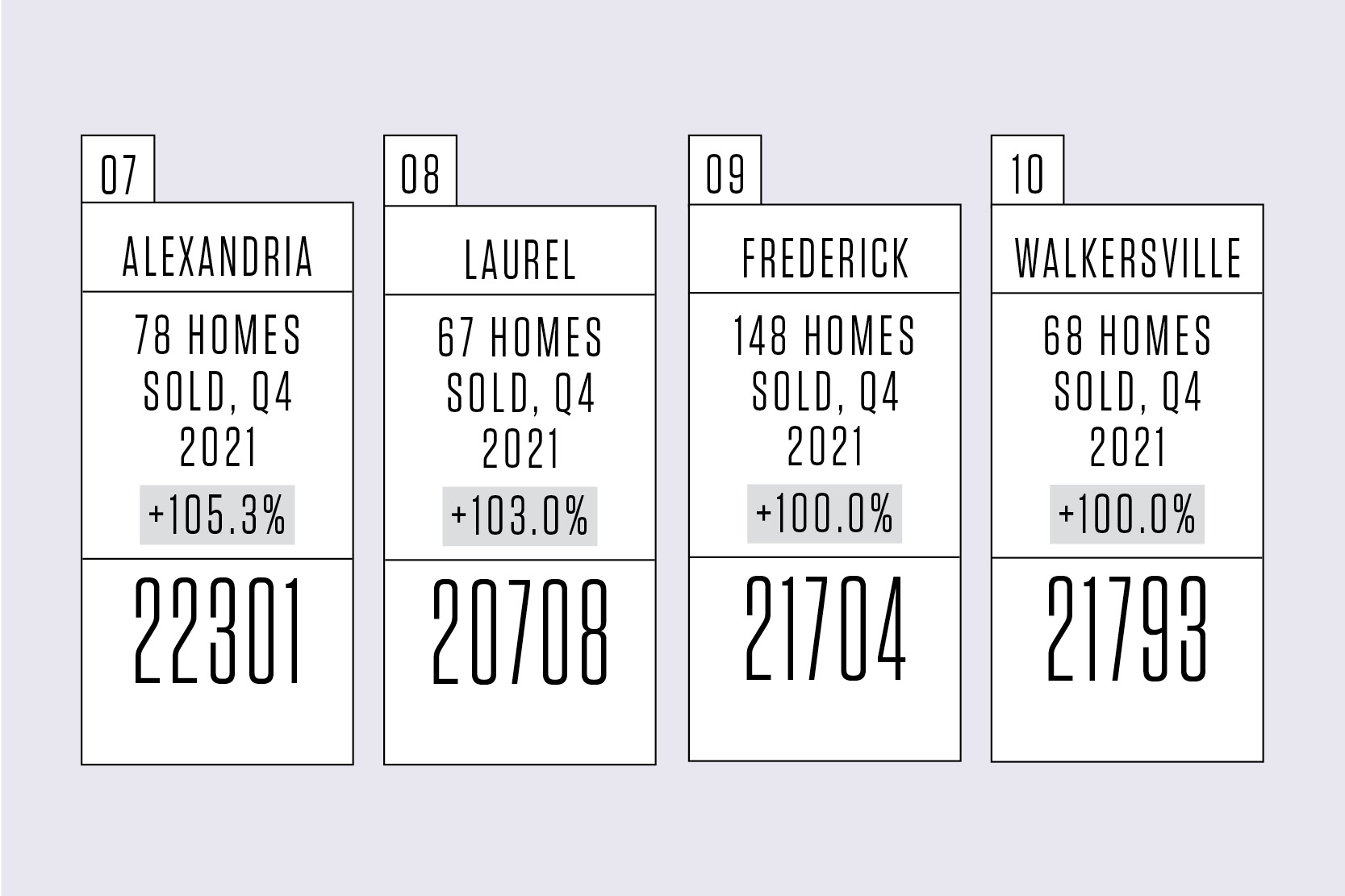
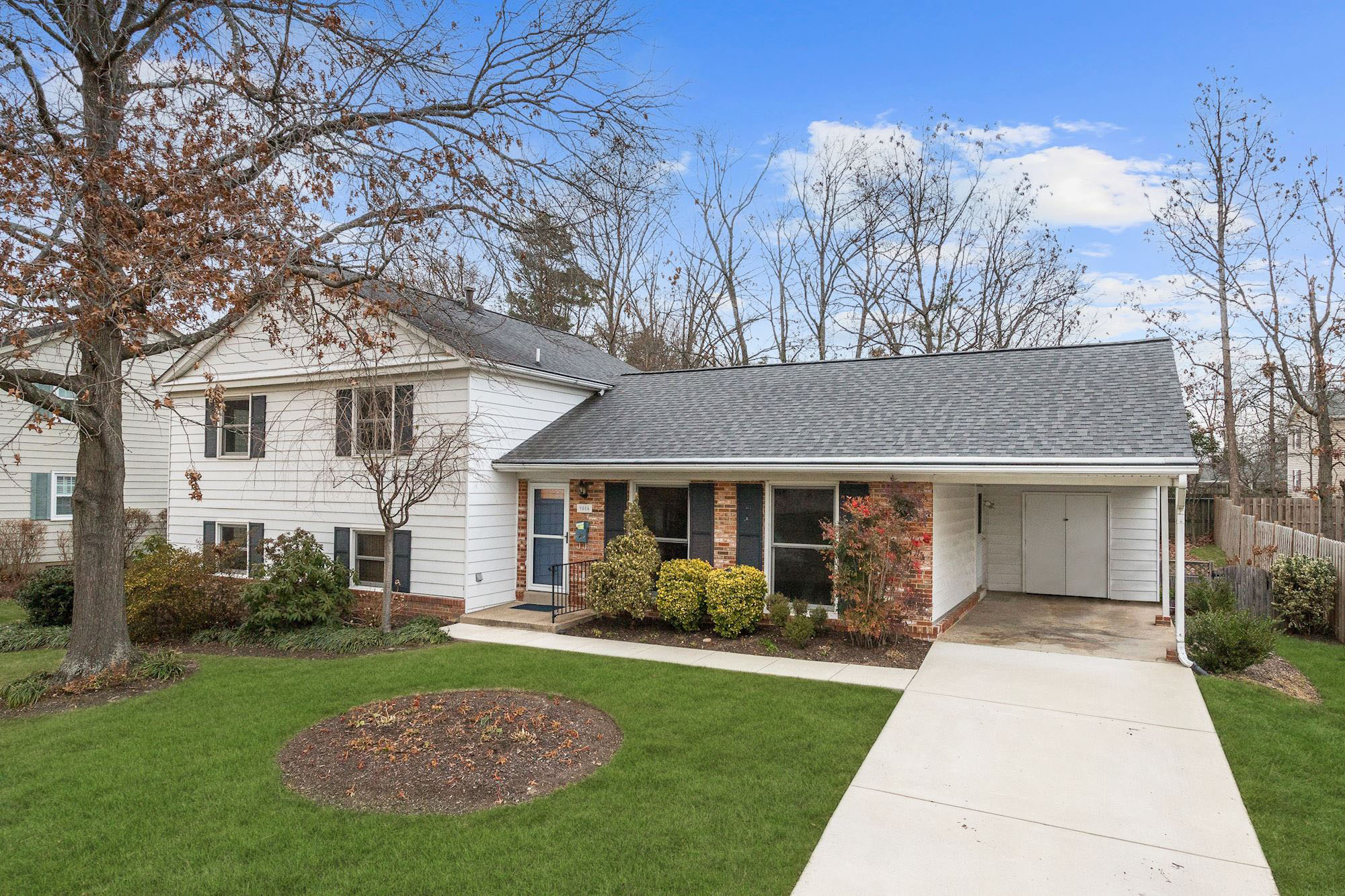
Laurel | 20708
When you look at Laurel on a map, one of the big reasons sales volume has climbed there becomes evident: It’s almost exactly the same distance—about 20 miles—from Baltimore to the north and DC to the south. In other words, it’s a relatively affordable suburb to not just one but two cities. (It is, however, becoming less affordable—the median price of $453,030 at the end of ’21 was an almost 27-percent jump compared with early ’20.) “It’s been crazy,” says Northrop Realty agent Suzanne Haversack, who grew up there. “I had one house that had 80 showings in three days, and 20 offers.” It’s easy to hop onto the Baltimore-Washington Parkway or to grab a train at one of two MARC stations. Most of Laurel, including 20708, is in Prince George’s County, but it touches Montgomery, Anne Arundel, and Howard counties, too. Annapolis, about 25 miles to the west, has been another source of buyers. That’s where Jacob and Kimberley Ellis moved from in the summer of 2020. Laurel’s central location was what first caught their attention. Both of them are in the military—Jacob is stationed in Bethesda, Kimberley in Annapolis. On a light-traffic day, Jacob says their commutes are about a half hour each. They landed in the Montpelier neighborhood, beloved for its community pool. For $423,000, they got a four-bedroom house on more than a half acre. “I wanted a large backyard and a fireplace,” says Jacob. “We got both.”
Percentage change reflects growth in the volume of home sales from the first quarter of 2020 compared with the fourth quarter of 2021.
This article appears in the April 2022 issue of Washingtonian.

